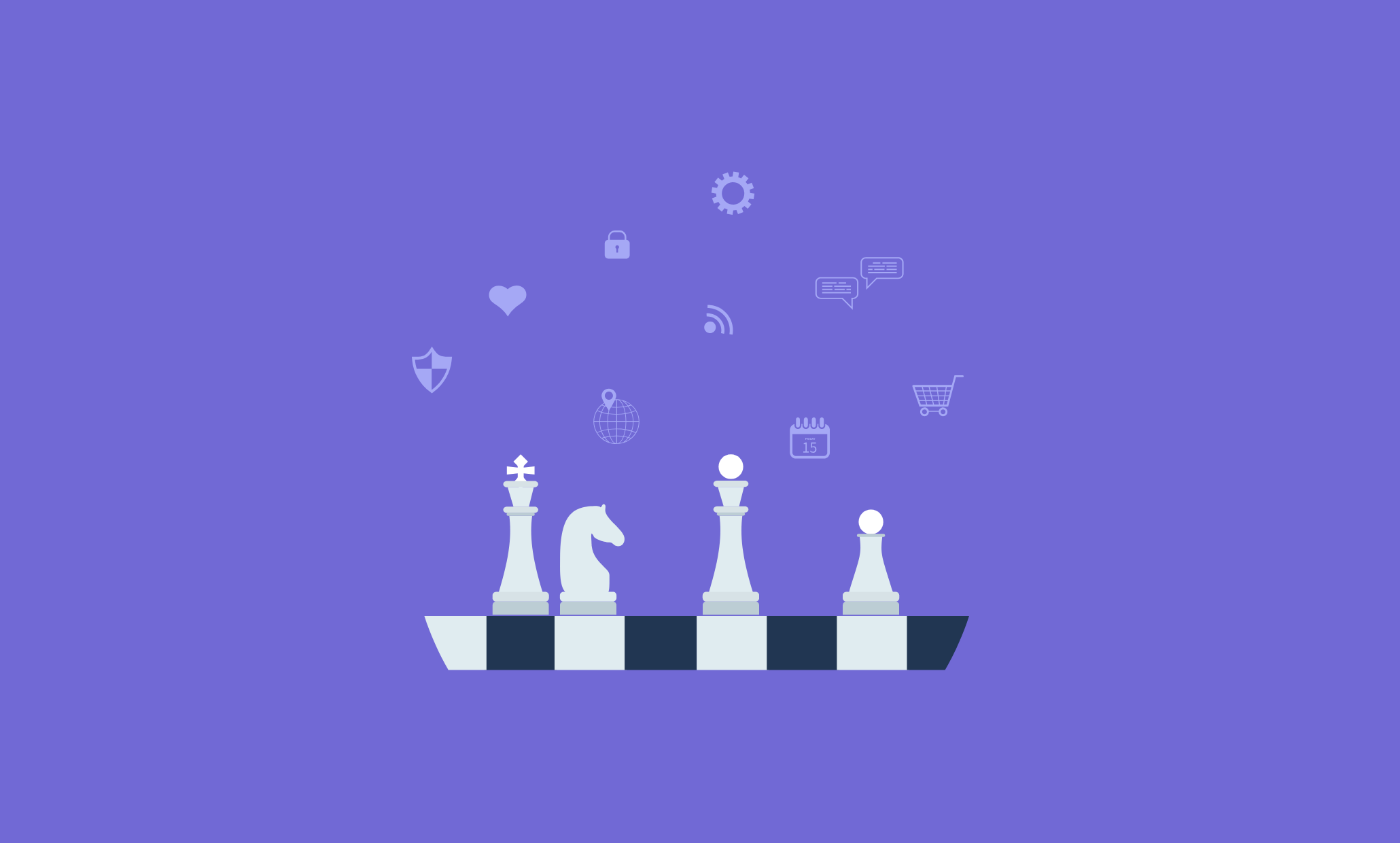
In the fast-paced digital age, a well-optimized website is essential for attracting and retaining visitors. Website optimization involves improving various aspects of a website to enhance user experience, increase traffic, and boost conversions. A critical component of this process is the content pipeline, which ensures that content is effectively created, managed, and distributed across the buyer’s journey. By focusing on the content pipeline and content lifecycle, businesses can achieve better website optimization and provide a seamless user experience from the top to the bottom of the funnel.
Understanding the Content Pipeline
The content pipeline is a systematic process that involves planning, creating, managing, and distributing content. It ensures that content is consistently produced and delivered to the right audience at the right time. The content pipeline can be broken down into several stages:
- Planning: Identifying content goals, target audience, and content topics.
- Creation: Developing high-quality content that meets the needs of the audience.
- Optimization: Ensuring content is SEO-friendly and aligns with search intent.
- Distribution: Sharing content across various channels to reach the target audience.
- Analysis: Measuring the performance of content and making necessary adjustments.
Each stage of the content pipeline plays a crucial role in website optimization. By streamlining these processes, businesses can ensure that their content is relevant, engaging, and easily accessible to their audience.
The Content Lifecycle and the Buyer’s Journey
The content lifecycle refers to the stages that content goes through from its creation to its eventual retirement. It is closely tied to the buyer’s journey, which is the process that potential customers go through from becoming aware of a product or service to making a purchase decision. The buyer’s journey is typically divided into three stages: awareness, consideration, and decision.
-
Awareness Stage: In this stage, potential customers are becoming aware of a problem or need. Content in this stage should focus on educating the audience and providing valuable information. Examples include blog posts, social media content, and educational videos.
-
Consideration Stage: At this stage, potential customers are evaluating different solutions to their problem. Content should aim to provide in-depth information and demonstrate the value of your offerings. Examples include whitepapers, case studies, and comparison guides.
-
Decision Stage: In the final stage, potential customers are ready to make a purchase decision. Content should be persuasive and highlight the benefits of choosing your product or service. Examples include product demos, testimonials, and detailed product descriptions.
Optimizing Content Across the Buyer’s Journey
To achieve better website optimization, it is essential to tailor content to each stage of the buyer’s journey. Here are some strategies for optimizing content across the funnel:
-
Top of the Funnel (Awareness Stage):
- Keyword Research: Identify high-volume keywords that your target audience is searching for. Use these keywords to create informative and engaging content that addresses common pain points.
- SEO Optimization: Ensure that your content is optimized for search engines by using relevant keywords, meta descriptions, and internal linking. This will help improve your website’s visibility and attract organic traffic.
- Social Media Promotion: Share your content on social media platforms to reach a broader audience and drive traffic to your website.
-
Middle of the Funnel (Consideration Stage):
- In-depth Content: Create comprehensive guides, eBooks, and whitepapers that provide valuable insights and address the specific needs of your audience.
- Email Marketing: Use email campaigns to nurture leads and provide them with relevant content that helps them in their decision-making process.
- Webinars and Events: Host webinars and virtual events to engage with your audience and showcase your expertise.
-
Bottom of the Funnel (Decision Stage):
- Case Studies and Testimonials: Highlight success stories and customer testimonials to build trust and credibility with potential customers.
- Product Demos: Offer live demos or free trials of your product to give potential customers a firsthand experience of its benefits.
- Clear Call-to-Action (CTA): Ensure that your content includes clear and compelling CTAs that guide potential customers toward making a purchase decision.
The Importance of Content Management Systems (CMS)
A robust Content Management System (CMS) plays a vital role in the content pipeline and lifecycle. It allows businesses to efficiently manage and optimize their content across the buyer’s journey. A good CMS should offer features such as:
- Content Creation and Editing Tools: Easy-to-use tools for creating and editing content.
- SEO Optimization Features: Built-in SEO tools to optimize content for search engines.
- Analytics and Reporting: Tools to track content performance and make data-driven decisions.
- Integration Capabilities: Ability to integrate with other marketing tools and platforms.
By leveraging a CMS, businesses can streamline their content processes and ensure that their website is always updated with fresh, relevant content.
Humanizing Your Content
In the era of automation and artificial intelligence, it is essential to humanize your content to connect with your audience on a personal level. Humanizing content involves:
- Storytelling: Use storytelling techniques to create engaging and relatable content that resonates with your audience.
- Personalization: Tailor your content to the preferences and interests of your audience. Use data and insights to deliver personalized experiences.
- Authenticity: Be authentic and transparent in your communication. Share behind-the-scenes stories and insights to build trust with your audience.
Call to Action: Try Our Free Trial
Ready to optimize your website and enhance your content pipeline? Experience the benefits of a streamlined content lifecycle and improved website performance with our platform. Sign up for a free trial today and discover how our tools can help you create, manage, and optimize content across the buyer’s journey. Don’t miss out on the opportunity to elevate your content strategy and drive better results for your business.


No comment yet, add your voice below!